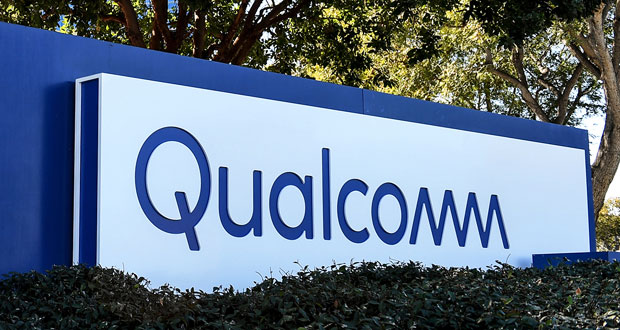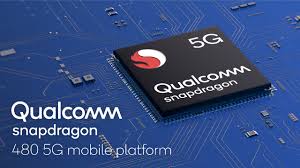A new mobile processor announced by Qualcomm Technologies Monday is expected to spawn a wave of economically priced 5G smartphones.

Phones with the Snapdragon 480 5G Mobile Platform will be in the $125 to $250 price range, Qualcomm President Cristiano R. Amon predicted on Twitter in September.
“The 400 series is designed for phones that go into low-priced markets outside the U.S. — China, India, places where price sensitivity is a bigger issue,” explained Bob O’Donnell, founder and chief analyst with Technalysis Research, a technology market research and consulting firm in Foster City, Calif.
“This gives vendors of those phones the ability to bring 5G to their customers,” he told TechNewsWorld. “In China, for example, where there’s a huge amount of 5G, it’s a big deal.”
“This is about bringing 5G to the world,” he said.
“The process node is also now eight nanometers versus eleven nanometers which translates to an even smaller and more efficient chip,” Anshel Sag, a senior analyst with Moor Insights & Strategy, told the Tech News Platform.
“The inclusion of Fast Charge is a nice feature,” added Ross Rubin, the principal analyst at Reticle Research, “because 5G is a bit more aggressive in battery usage so it’s nice to be able to top off the phone more quickly, especially since low-end phones have smaller batteries.”
However, he questioned how noticeable the performance improvements would be to users. “You won’t see night and day difference in terms of throughput, particularly on the Sub-6 GHz spectrum,” he told TechNewsWorld, “but over time, in a year or two, you will see improvements as the carriers optimize their networks.”
Solis, though, believes the performance of phones based on the 480 won’t disappoint most consumers.
“The performance should appear pretty good,” he said. “It’s not going to be as snappy as a 700 or 800 series phone — just because it’s a 5G phone doesn’t mean the whole phone is going to be super powerful — but for most of the ways that people use their phones, it’s going to be fine.”
Emerging Market Appeal
Phones based on the 480 will probably be most popular in emerging markets, McQueen noted.
“It will drive volume in large markets, such as China and India, creating even greater demand for 5G devices in the low-to-mid range, accelerating affordability and adoption,” he said.
“This seismic shift to lower price tiers means that 5G will undoubtedly be good news for smartphone replacement cycles and subscriber technology migration, and not just for the benefit of these emerging markets,” he added.
With the 480, Qualcomm is also making a statement to competitors like MediaTek, which has been a low-cost modem supplier for a long time and has had some low-cost 5G options available since the second half of last year.
“MediaTek recently became the highest volume producer of smartphone chips, in part, because they have 5G available in the value segment of the market,” Rubin observed.
The 480 would appear to have an edge over MediaTek’s 5G Sub-6 GHz-only chips because Qualcomm’s platform supports mmWave. But O’Donnell cautioned, “Just because the 480 supports mmWave doesn’t mean mmWave support will be enabled because it’s more expensive to add the other pieces you need to make mmWave work.”
“It’s about offering choices for the handset makers, particularly if they’re a Qualcomm customer, and they have a broad range of phones,” Rubin explained. “They’d prefer to get all their chips for all their phones from a single supplier.”
“If you’re a smaller handset maker,” he continued, “that’s not as important to you so you might go to a MediaTek, especially if the geographies you sell into aren’t implementing high-speed mmWave.”
[TECHNEWSWORLD]















